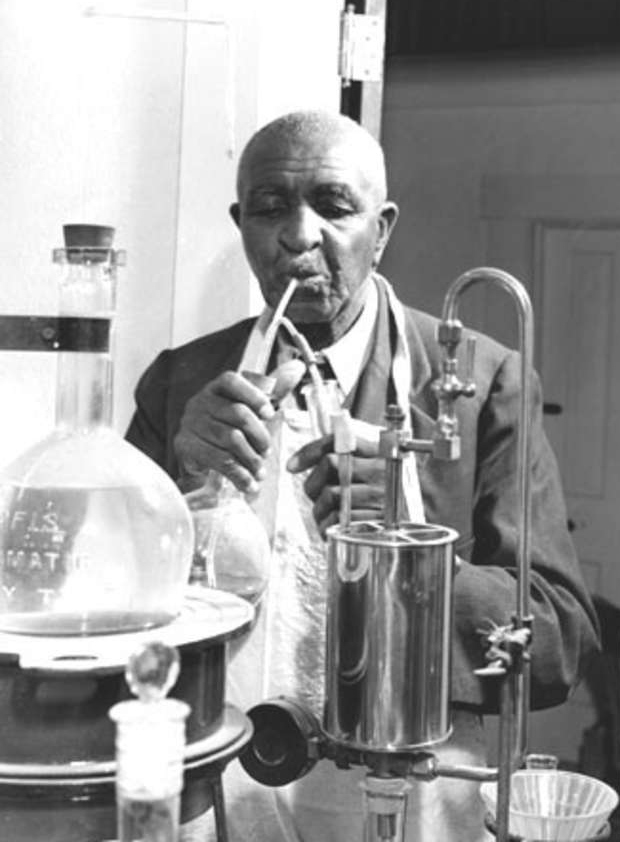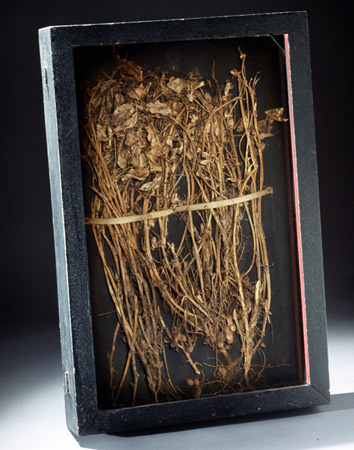By Lady Houston

FROM WIKIPEDIA COMMONS
George Washington Carver (c. 1864 – January 5, 1943) was an American agricultural scientist and inventor who promoted alternative crops to cotton and methods to prevent soil depletion. He was one of the most prominent black scientists of the early 20th century.
While a professor at Tuskegee Institute, Carver developed techniques to improve types of soils depleted by repeated plantings of cotton. He wanted poor farmers to grow other crops, such as peanuts and sweet potatoes, as a source of their own food and to improve their quality of life. The most popular of his 44 practical bulletins for farmers contained 105 food recipes using peanuts. Although he spent years developing and promoting numerous products made from peanuts, none became commercially successful.
Apart from his work to improve the lives of farmers, Carver was also a leader in promoting environmentalism. He received numerous honors for his work, including the Spingarn Medal of the NAACP. In an era of high racial polarization, his fame reached beyond the black community. He was widely recognized and praised in the white community for his many achievements and talents. In 1941, Time magazine dubbed Carver a “Black Leonardo“.
Color film of Carver shot in 1937 at the Tuskegee Institute by African American surgeon Allen Alexander was added to the National Film Registry of the Library of Congress in 2019. The 12 minutes of footage includes Carver in his apartment, office and laboratory, as well as images of him tending flowers and displaying his paintings.
HIS DEATH
Upon returning home one day, Carver suffered a bad fall down a flight of stairs; he was found unconscious by a maid who took him to a hospital. Carver died January 5, 1943, at the age of 78 or 79 from complications (anemia) resulting from this fall. His death came when he was sitting up in bed while painting a Christmas card which said, “Peace on earth and goodwill to all men.” Carver biographer Prema Ramakrishnan said of him that “His death was characteristic of him and his entire life’s work.” He was buried next to Booker T. Washington at Tuskegee University. Due to his frugality, Carver’s life savings totaled $60,000, all of which he donated in his last years and at his death to the Carver Museum and to the George Washington Carver Foundation.
On his grave was written, “He could have added fortune to fame, but caring for neither, he found happiness and honor in being helpful to the world.”

